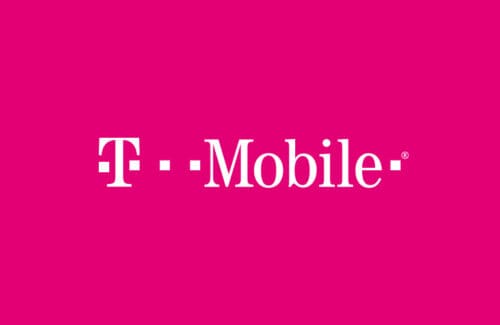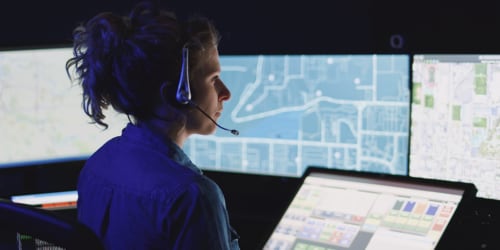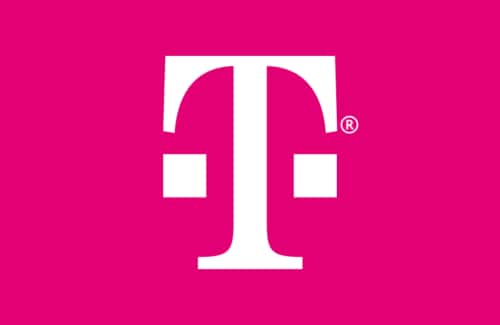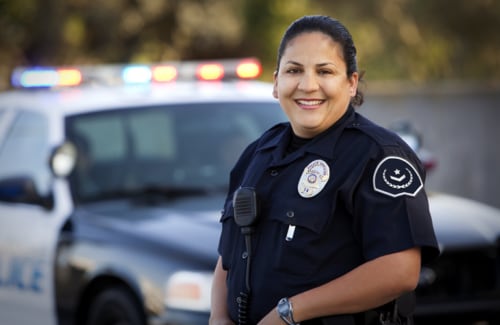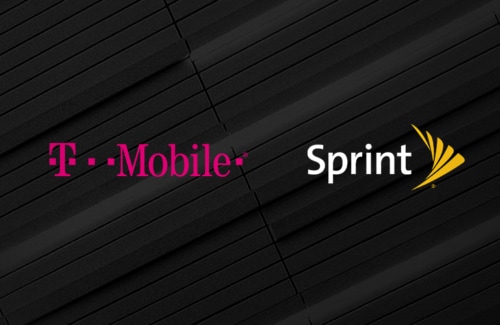April is 911 Education Month, and as the month winds to a close, we think it is appropriate to take a look at the close relationship that has developed between wireless communications and emergency 911 services.
In 1957, the National Association of Fire Chiefs recommended that a single number be used for reporting fires, but it took more than ten years for 911 to be adopted as the national emergency number, giving callers access to police, fire, and ambulance services, in the United States. Special routers, databases, and trunk lines were later deployed, ensuring that 911 calls were directed to the correct Public Safety Answering Point (PSAP) along with the caller’s telephone number and street address.
The advent of cellular service in the 1980s provided a whole new level of consumer security, allowing callers to summon emergency help while on the road and other places without a wired connection. It also raised a number of complicated technical issues, requiring close cooperation among service providers, regulators, and the public safety community to develop innovative solutions for caller location, or Enhanced 911 (E911).
We’ve come a long way. In the 1960s, no one imagined that traffic accident victims would be able to dial 911 from their cars, or that a child would save her family from home invaders while hiding under the bed. When there are hurricanes, floods, fires, and other disasters, wireless 911 is a lifesaver for thousands of people.
And, all stakeholders continue to work on new wireless 911 technologies, some of which are being deployed today and others that are still in the development stage. In particular, PSAPs are embarking on the “next generation” of 911, referred to as “NG911”, in which the nation’s 911 infrastructure ultimately will be IP-based, thus providing greater resiliency to ensure 911 networks stay operational during times of disaster. Not only will NG911 replicate traditional voice 911 features, it will offer additional capabilities, such as multimedia data (video, photos, etc.), which can deliver valuable information to 911 call-takers not available today.
Within the next decade, for example, PSAPs should be capable of receiving streaming video from wireless devices at accident scenes and pass that data via the 911 infrastructure to first responders, doctors, and others who can use it to save lives. In the meantime, T-Mobile and the other three nationwide wireless carriers have signed a voluntary agreement with public safety entities, NENA and APCO, committing to provide Text-to-911 services to requesting PSAPs by the end of May 2014. Although SMS is a best effort store-and-forward service and lacks certain routing capabilities in roaming situations, as an interim solution, it will assist consumers with hearing and speech impairments and allow 911 communications during “silent call” scenarios, for example when a voice call could endanger the caller.
Significant hurdles – both technical and regulatory – remain as we move forward with NG911 implementation, but history demonstrates that stakeholder collaboration, hard work, and adequate funding will pay off. E911 seemed pie-in-sky when we started, but today, enhanced location information is provided for the vast majority of 911 calls. T-Mobile is committed to the earliest possible adoption of NG911, and urges Congress and the Federal Communications Commission to issue challenge grants for research and development, encourage the use of common standards, update funding mechanisms, provide appropriate liability protection for entities providing or supporting NG911 services, and ensure that state-collected 911 fees are used for their stated purposes. Together, wireless and 911 save lives, and the steps we are taking today will ensure the combination becomes even more valuable to consumers in the future.
If you would like to learn more about 911, please visit the following resources:
www.nena.org
www.apcointl.org/resources/9-1-1-public-information.html
www.911.gov
www.know911.org
www.ng911institute.org

